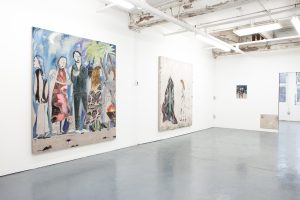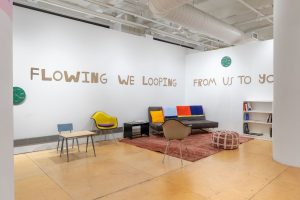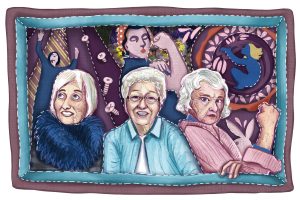During the early days of the COVID-19 pandemic, I found myself thinking about James and Grace Lee Boggs. The Boggses were Black Power organizers and philosophers who dedicated their lives to building the next American revolution in Detroit. During the height of their political work, in the 1960s and 70s, over 300 U.S. cities experienced violent uprisings, the largest of which was the Detroit Rebellion of 1967.1 While the uprisings were sparked by a police raid of an underground Black bar; the tinder was laid through decades of police brutality, housing and employment discrimination, and daily indignities caused by white supremacy. The insurrection was the largest the US had faced since the Civil War; and resulted in 43 deaths, 1,189 injuries, 7,200 arrests, and 552 buildings destroyed. It also led to escalated white flight, economic divestment, and mass deportation from which the city never recovered.
In the wake of the uprisings and their aftermath, the Boggses engaged in deep political reflection. They studied and wrote about global revolutionary movements throughout history and came to the conclusion that “unlike rebellions, which are here today and gone tomorrow, revolutions require a patient and protracted process. Revolutions advance our continued evolution as human beings because we are practicing new, more socially responsible and loving relationships to one another and the earth.”2
Following the start of the global pandemic and the Black Lives Matter uprisings of 2020, I also began to reflect on the character of revolution. I started reaching out to my friends and comrades who I saw as revolutionaries deeply committed to our collective evolution. I asked each of them to sit for a Zoom portrait session during which I painted them and we engaged in philosophical dialogue. Each conversation ended with Grace Lee Boggs’ favorite question: “what time is it on the clock of the world?” These portraits and conversations became What Time Is It? A Cultural & Civic Archive. What began as a pandemic project became a series of exhibitions and public programs curated in partnership with Juarez Hawkins, a podcast produced by Najee-Zaid Seary, and an artists book designed by Jay Sath and edited by Rivka Yeker.
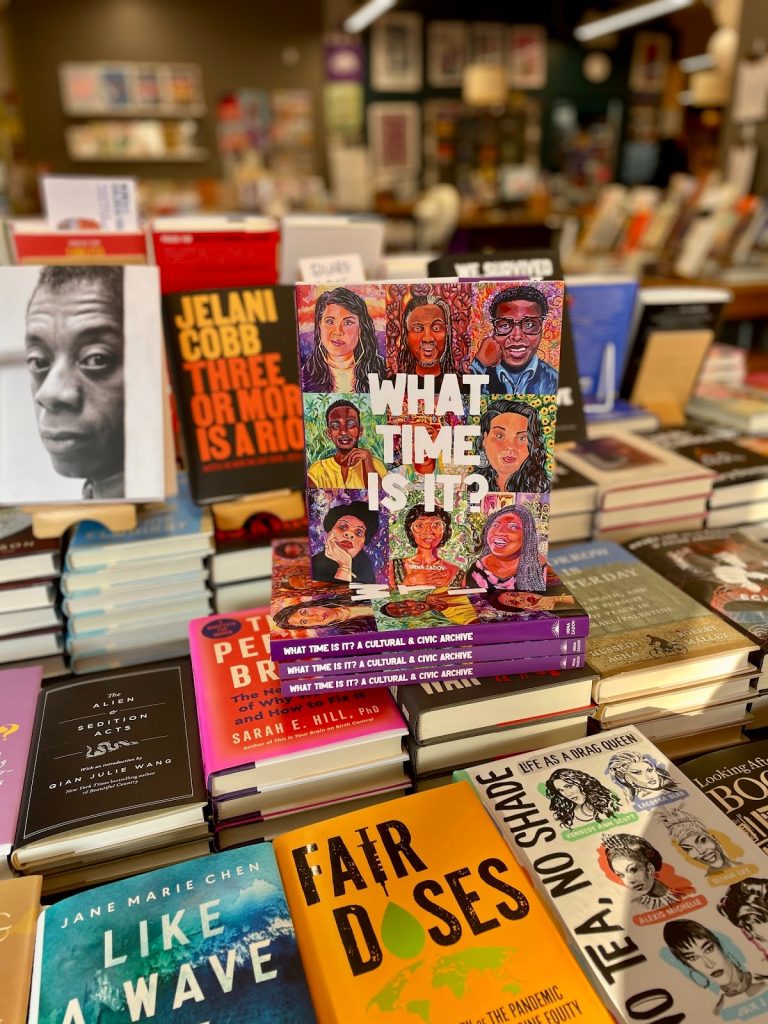
It’s been five years since the launch of the archive, and we’re in another moment of global crisis. The world is engulfed in war, famine, genocide, and rising authoritarianism; while locally in Chicago, ICE agents are invading our neighborhoods and kidnapping our immigrant families and community members. This time around, in addition to reaching out to friends and comrades to expand the archive, I wanted to go to the source; to visit the James and Grace Lee Boggs Center.
I chose my traveling companions intentionally. My dear friend and long-time collaborator Juarez Hawkins has 40+ years of experience as an artist, educator, curator, and Black Arts Movement and Civil Rights history scholar; I knew that she would bring a historical lens to our journey. My beloved friend and comrade Compassion Nguyen is a performance artist, educator, and scholar with lived experience and 20+ years of research on immigrant and refugee studies across multiple diasporas. I knew that she would bring a global perspective and a sensitivity to the intersections of revolutionary struggle, intergenerational trauma, and visionary organizing. So, in late August 2025, we left Chicago and drove east on the interstate towards Detroit, wondering, “what time is it on the clock of the world?”

Our first stop in Motor City was the Black History walking tour with Jamon Jordan, the first official City Historian of the City of Detroit. We spent nearly four hours walking from the historic neighborhood of Black Bottom to the gentrified neighborhood of Lafayette Park. We visited Paradise Valley, the historic entertainment and business district of Black Bottom from the 1920-1950s. Jordan took us through 400 years of history from [when the only people on this land were] Anishinaabe, to French and English settler colonialism, to the American Revolutionary War, the Underground Railroad, the Civil War, and the era of Black Power and Civil Rights, white flight, and post-industrialization. After our tour, Juarez, Compassion, and I began reflecting on the connections between our lived experience as Chicagoans to the history of Detroit.
Irina Zadov: What elements of the tour stuck out to you, as Chicagoans? What sounded familiar, and what came as a surprise?
Juarez Hawkins: Learning about Jean Baptiste Pointe DuSable being brought to Detroit [from present-day Indiana] as “spoils of war” because he spoke Potawatonee, French, and English and was considered a spy. He came to [what is now] Chicago to escape Detroit. Another figure that stuck with me was Ralph Bunche—you always hear his name during Black History Month. We learned that he was the first non-white person to earn the Nobel Peace Prize for brokering a peace agreement between Israel and Egypt. There are so many similarities of strength and resistance, but also of displacement and segregation. Looking at the ways the highway split up and destroyed Paradise Valley, divesting people of their property. So many Black folks lost their land because of eminent domain. Detroit learned the fine art of housing discrimination from Chicago. I felt some type of way because it’s always a reminder that anti-Black oppression has long, deep, gnarly roots. It can be difficult to hear, but we have to hear it because of our shared history as Americans. On the flip side, it was wonderful to hear about the greats who lived here, names like Joe Louis, Della Reese, Smokey Robinson, Coleman Young, Artha Franklin, Diana Ross. There’s a mural honoring Jessica Care Moore, Detroit’s Poet Laureate, sharing space with Grace Lee Boggs.
Compassion Nguyen: I was also struck by DuSable and how he was flagged as a spy and the role Detroit played in the Underground Railroad. Emotionally, I was struck by the layers of government divestment in Black communities and how that happened in so many different neighborhoods in Detroit and Chicago. Thinking about that in terms of rapid development and gentrification. Thinking about the role of eminent domain, the highways, and the forming of so many American cities in the era of urban renewal in the 1940s and 1950s. I was both inspired and devastated by the tour. It was so heavy because the tour was happening in the context of so much government defunding of health care, education, the arts, social services. It was so devastating, but also helpful to learn about the history of Black communities fighting for their children and their communities.
IZ: How did this tour inform your sense of time, history, and lineage?
JH: Certainly a sense of history repeating itself. The divestment and urban renewal have gone wrong over and over again. However, what is encouraging is the history of people who fought—the Colemon Youngs, the folks at the Boggs Center who are operating at a grassroots level but are very very dedicated to a better quality of life for their communities. There were so many stories of folks who escaped enslavement and came back again to free their kin. Then there is “Pap” Singleton, a three-time escapee who encouraged Blacks to move West to get away from slavery and oppression. There’s a marker near the Detroit River that bears his name. As a Black person, it’s easy to fall into despair, but knowing that there were so many people who rose to the challenge lets me know that in my little corner of the world I too can rise and do something rather than just wring my hands.
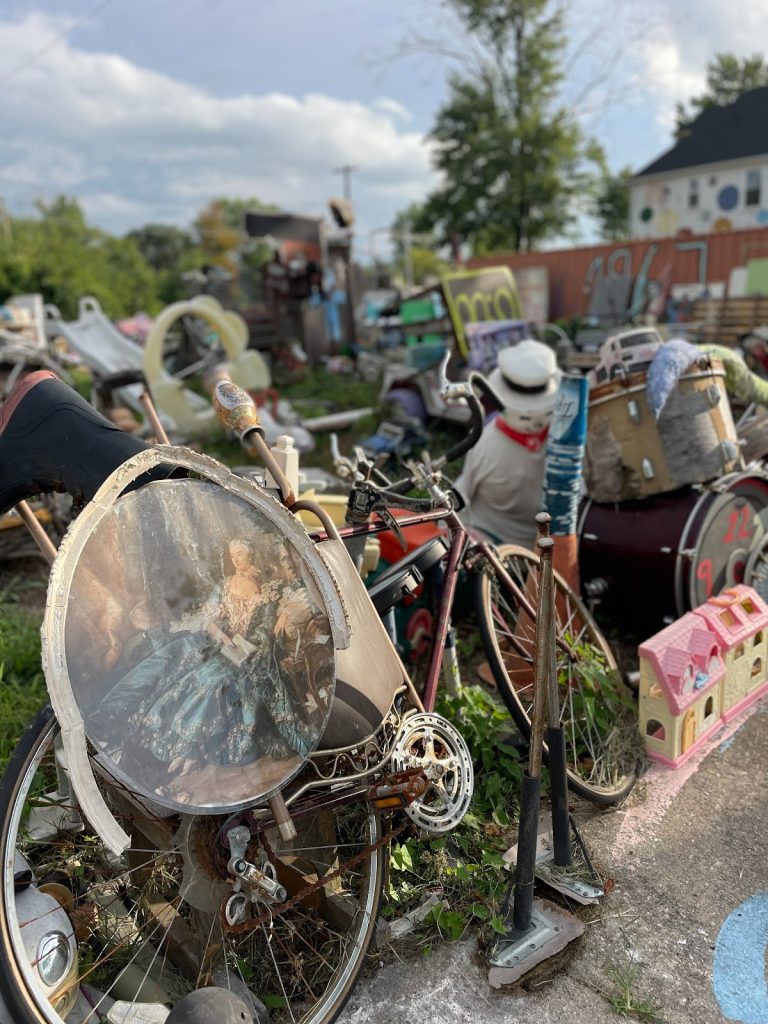
Next we visited Tyree Guyton’s Heidelberg Project, an environmental art installation in Detroit’s McDougall-Hunt Neighborhood, which was created to “empower individuals and communities to rise-up amongst adversity and tap into their true creative selves in celebration of their triumphs.”3 This project was founded in 1986 and has gone through numerous transformations including a thriving community-arts education program, which was stewarded by Keisa Davis who co-founded Heidelberg Arts Leadership Academy. The Heidelberg Project consists of multiple city blocks in a residential neighborhood which have been transformed into art installations made of found objects: cars, toys, walkers, grocery carts, discarded political posters, shoes—all collected in the aftermath of homes devastated by structural divestment and population loss. Many of the objects have been rearranged to create sculptures which seem to grow from the wreckage of abandonment and take on new life and meaning. Several of the houses and sidewalks are covered with murals, colored polka-dots, political slogans, hand-painted signs, graffiti-scrawled messages, and many, many references to clocks and time. Afterward wandering through the installations for what felt like hours, I spoke with Juarez and Compassion about time, community, and the nature of public art.

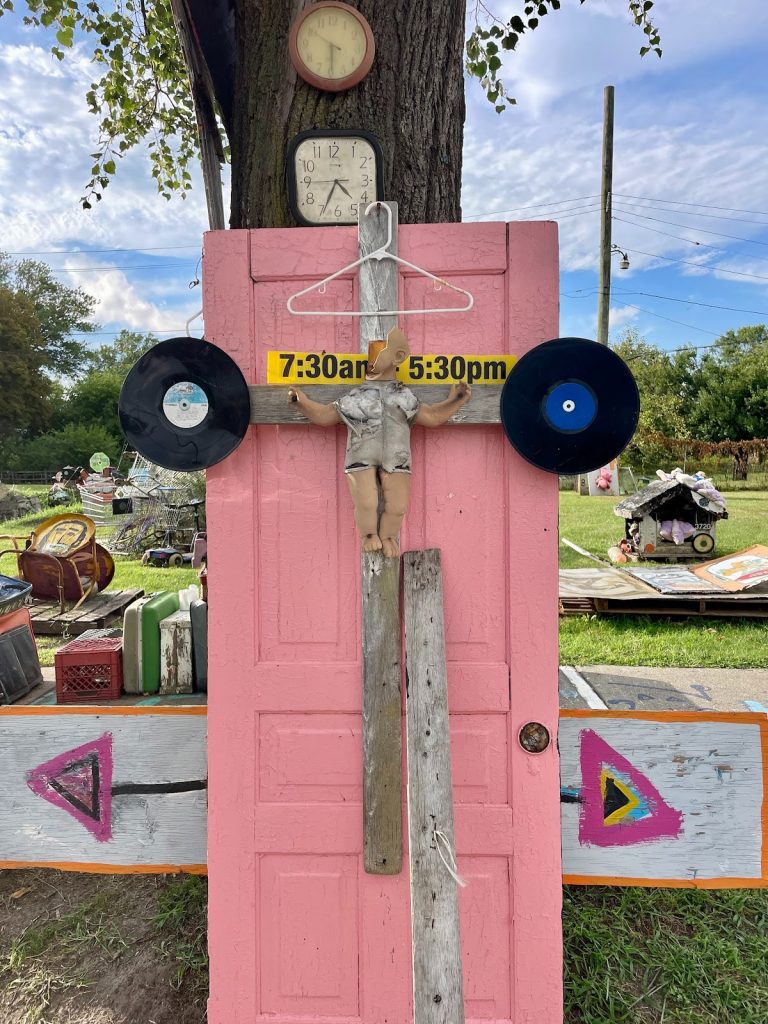
IZ: As arts educators, curators, and scholars, how did you engage with this work of art?
JH: Usually with art I need time to commune; there was a part of me that was like “ooooh” and there was a part of me that was like “ewww.” There was a lot of humor in the installation, a car buried in the grass, tv sets that referenced the news: fake news, God news, world news, sex news, even Trump sh— news. I dug the polka dotted houses and the dog house with plush toys on the roof. What moved me the most were the old car hoods—what a perfect metaphor for Detroit—painted with Basquiat-esque graffiti and propped up like grave markers or portals.
CN: I leaned into the intention of the artists and thought about what is discarded and how we re-value. Thinking about who is seen as human, who is seen as trash. Taking up found objects in this way. Thinking about neighborhoods that are found and discarded in this way. Thinking about how we can take something discarded and give it meaning. What does it mean when an object is left out and it’s sunwashed and mold is accumulated? How do we understand dirt and decay? It was really challenging my way of understanding public art and museum-curated fine art. It forced me to challenge my own training which I really enjoyed.
IZ: I’ve had a chance to visit this exhibition 4-5 times over the last 15 years and I’ve seen it grow and deteriorate. Speaking to Keisa earlier in the day and learning about how she was hired to be a full-time arts programmer and was responsible for building out arts education programming and how later that funding got pulled—it makes me think about divestment not just from the city but also from artists, young people, and community-organizations. The waves of funding, tourists attraction, and the impact on the residents. When we were there, we saw a family gathering in one of the houses adjacent to the project. I thought about how this public art installation has impacted the residents of the neighborhood and how these ideas of value and perseverance are shared between artists and community members.
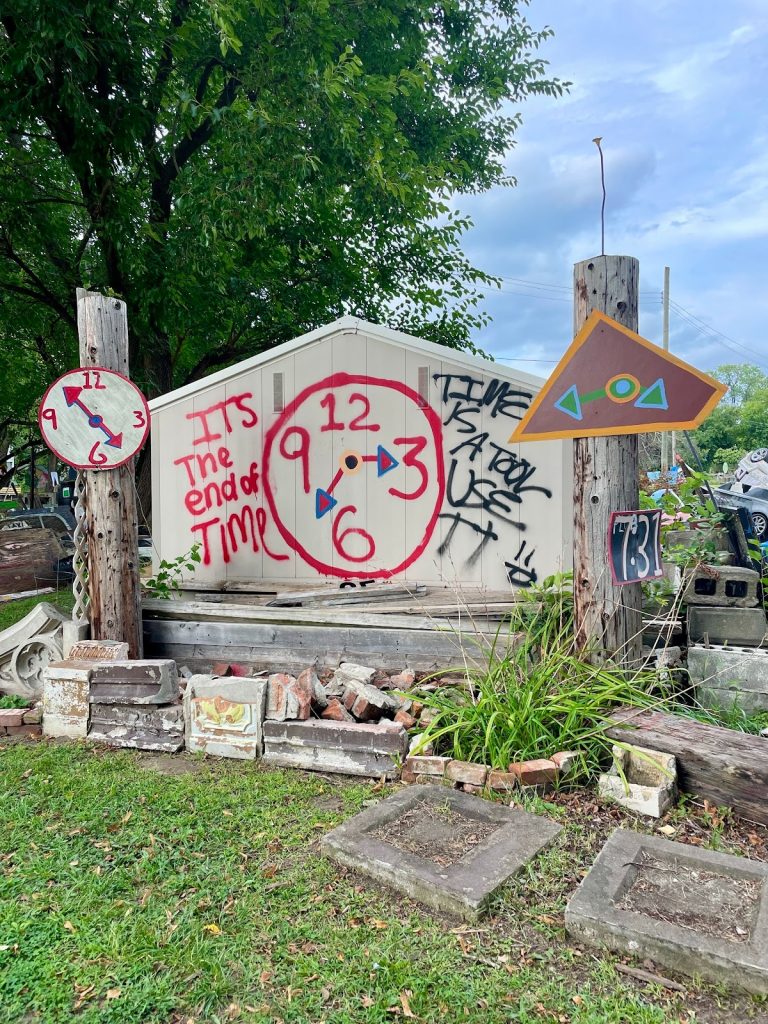
IZ: The Heidelberg Project makes many references to time—there are clocks everywhere—how did this installation engage your sense of time?
JH: I thought about it in a whimsical way—there were clocks everywhere. I kept thinking of Alice in Wonderland, the idea of frozen time. I also thought about it in an art historical way: were these times significant? They put me in the mind of On Kawara’s Date Paintings. Were these the times that Tyree’s daughter was born, or spoke her first words? Or I think about AfriCOBRA saying, “What time is it? It’s Nation time!” It’s time to move, it’s time to do something! It’s a constant reminder to make use of the time we have. The clocks were omnipresent, much like our notion of time. THE TIME IS NOW. Maybe in its own decay it’s making its own statement on re-disinvestment—how long will this work be allowed to decay without any more funding or any more thought? The School lost its funding, the tourists have moved on. It makes me think of the Bill Walker mural, All of Mankind, which was painted on a church in Cabrini Green. There were folks who wanted to preserve it even though it was in really bad shape, and then there were folks who wanted to paint it over.
CN: This exhibition was a trip—in the most interesting ways. It helped me think about stewards of public art, what and thus who is considered valuable, and the ethics of engagement. In terms of engaging my sense of time, witnessing the literal weathering of time on the objects in the installation, where colors faded away, pieces were broken off, mold accumulated, and grass had grown over the objects made me wonder if this is an intentional temporality of the work. I felt both the care and forgottenness of these objects in this space. Forgottenness which echoes so much of the Black and brown neighborhoods in cities across the U.S. that are also forgotten and divested from via public policies and urban planning projects. But the power of local residents and artists to cultivate meaning in their neighborhoods and create possibilities is also felt in this work. “The time is now” kept resonating with me. What does it mean for us to act now? There’s so much of life we wait on—like how capitalism structures our relationship to labor, rest, retirement, and enjoyment. Or what it means to act now, in this very moment as the worlds we have known are becoming dismantled—what does it mean to spring to action to protect folks most surveilled/criminalized in these times, to follow the dreams you’ve always had, to actively create the world you want?

Our final destination was the James and Grace Lee Boggs Center, where we were warmly welcomed by Keisa Davis. The Center is located in the former home of Jimmy and Grace where they lived together for over 40 years. The two-flat brown brick building sits on a quiet residential street and has a sign which reads “{R}EVOLUTION James and Grace Lee Boggs Center for Nurturing Community Leadership” on the balcony. Keisa takes us on a tour of the first floor where Jimmy and Grace hosted hundreds of political conversations and organizing meetings. Grace turned her bedroom into a library which holds thousands of well-worn books on the history of mass mobilizations and revolutionary movements around the world. The living room, painted a bright turquoise green, is covered with books and paintings, a mirror by which several weathered bumpers stickers which read: BLACK – PROUD & BEAUTIFUL, Small Is Beautiful, and WHY NOT DRAFT OUR PATRIOTIC BARONDS AND CONSERVE OUR YOUNG MEN AND WOMEN?
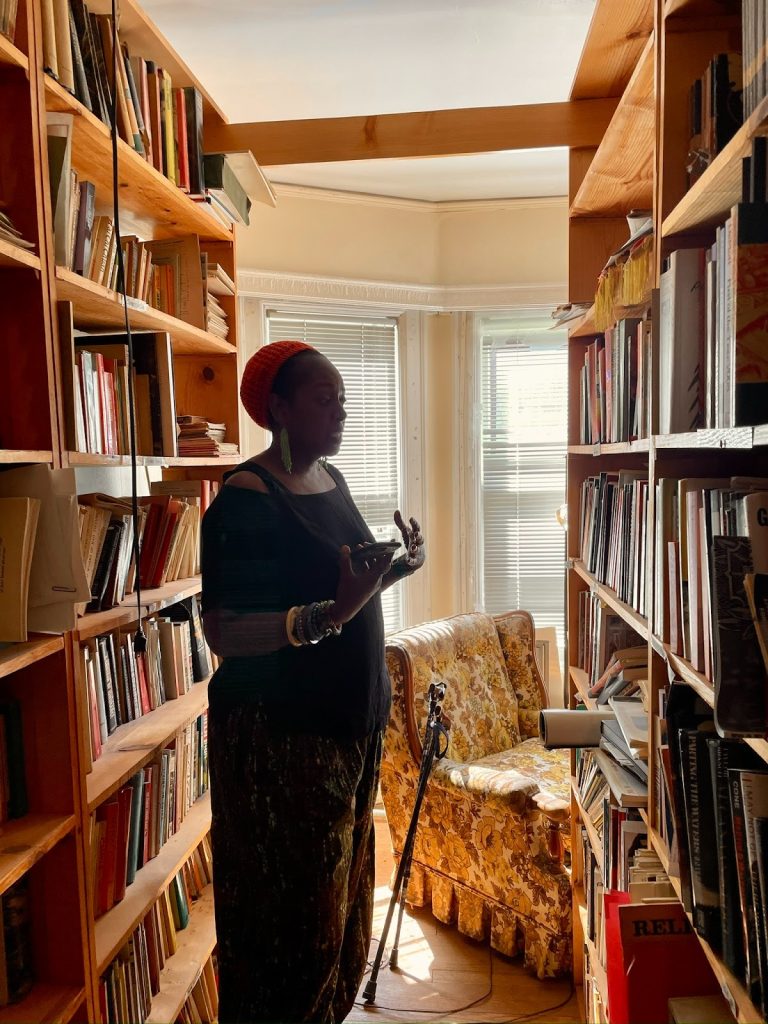
IZ: How did it feel to finally arrive at the Boggs Center?
CN: It was so wild to be at the Boggs Center and to be in their home and living room. I can only imagine all of the conversation and all of the connections that they made and to step in there and feel like I can choose to continue this lineage. To step into their library and to see 100s of years of revolutionary and movement history archived as books and to see work by all these different revolutionaries and movement people as friends on their wall. Thinking about the power of writing and the power of archives—in a moment when books are being banned and archives are being destroyed—the Smithsonian is being re-written, online archives are being erased—to be in a room where all these books are preserved. Thinking about archives being preserved across time even through war and fascism and violence. Something as material as a book can last.
After a tour, Keisa Davis introduced us to Biba Sheikh who curated the Birds of the Coming Dawn exhibition, which was installed on the second floor of the Boggs Center. The exhibition honors the work of Palestinian artists Mohamad Al Harb, Nabil Abu Ghanima, Khalil Khaled and Sohail Salem who are creating art under siege in the West Bank and Gaza as well as Detroit-based artists Cyrah Dardas, Zeinab Saab & Ahmad Nagy, the poetry of Ibaa Ismail, Kamelya Omayma Youssef, who created work in response to the Palestinian artists. After viewing the exhibition, Biba facilitated a virtual conversation with theater artist Khalil Khaled who spoke to us from his home in the West Bank and shared his experience as a performer, director, and theater educator. My traveling companions and I sat down to discuss our experience of the exhibition.
IZ: What thoughts, feelings, images, and stories resonated most for you as you viewed the Birds of the Coming Dawn Exhibition and spoke to Khalil Khaled?
JH: It was beautiful and painful. Thinking of the display of all the little shoes. It reminded me of the work of Doris Salcedo and Christian Boltanski. The common thread is the evidence of human suffering; the shoes are markers of souls lost, whether through the Holocaust, cartels, or war. The cute little pink Mary Janes and sneakers—whose child played in those shoes? There were these densely painted images of people screaming that got under my skin. The sheer courage and the will to create under the most harrowing of circumstances is really mind blowing.

JH: There was a piece on the floor that looked like crackers on a prayer rug. The piece is called Unclaimed Dua’as and it was created by the Detroit-based artist Zeinab Saab. Dua literally means supplication or calling upon. It got me thinking about the harrowing journeys to get whatever little aid is reaching them, how the very act of getting food for your children could be a death sentence. We spoke with a playwright based in the West Bank who is creating a secret theater school near areas that are being bombed. Saying that “we will create art even in the most dire of circumstances.” The fact that he had gone to the relative safety of Syria and came back to make art and make theater. I’m humbled by that kind of courage, that kind of sheer will. To really put your life on the line. I want to see him survive. I want to see the theater troupe and the work survive.

CN: I agree with Juarez, it was so beautiful, heartbreaking, and powerful. It was truly an honor to be able to speak with the Palestinian theatre artists, who are literally creating in the midst of genocide. I couldn’t hold back my tears hearing Khalil Khaled speak to the ways theatre is such a vital tool for youth, adults, and elders to learn about dire issues even during humanitarian aid food distribution, like how there are drugs in the food—used to sedate and harm the people. It was also really significant how the artist spoke about the power of young people being able to express themselves and educate one another. While we talked to the artist and they showed us the view of the areas that had been bombed, it was a different kind of real time experience beyond that of social media, to be able to talk to the artist and hear/witness their beautiful vision for art and theatre literally beyond the rubble. I’m forever touched and moved by this experience. Grateful for Biba for coordinating such an intentional meeting.
IZ: How does this exhibit and the theater devising engage with concepts of global and local time?
JH: It’s a reminder that if we’re not careful, time will soon be up. Wars have been going on all over the world, but now, because of television and digital media, we’re seeing so much more of it, we’re so much closer to all of the devastation. It’s a reminder that this could easily be Chicago, or any city. When I see these bombed out areas in Gaza I think about how these were once homes, business, churches, mosques. I follow Palestinian journalist Bisan Owda on social media, and she talks about how these areas used to be so beautiful and now they’re rubble. What is the point of killing and starving all these children, all these elders? They don’t have any oil, coltan, or uranium. We need to be careful. If we carry any kind of light, we need to amplify it more than ever. If we’re thinking and visualizing peace and a better world, time is of the essence. We’re getting plenty of warnings, and it’s time for us to heed them. Otherwise, it will be like Prince said, “Party over, oops, out of time.”
CN: I completely agree with Juarez, her response is truly spot on. I’m reminded of the power of devised theatre and how it can be site-specific and tailored to the political, social, and cultural moment—to both be very local in its specificity of the Palestinian fight for liberation and speak to the global resonances of human emotion, struggle, and hope.
Our final hours in Detroit were spent in political discussion with several members of The James and Grace Lee Bogg Center Council, including Vicki Camille, Dr. Jahzara D. E. Mayes, Ed.D., Mike Doan, Kim Sherobbi, Sam Scardefield, and others who represent a multi-racial, intergenerational group of community organizers, artists, scholars, urban planners, community gardeners, and scholars. The monthly topic was on community safety.
IZ: How did this conversation about community safety connect to the conversations you’ve been having in your own community?
JH: I’m of the mind of “pray for the best, prepare for the worst.” I hope to never have to live with the karma of having to take somebody’s life. However, I am deeply committed to my survival. I thought about Ida B. Wells saying, “A Winchester rifle should have a place of honor in every Black home.” She said this in the context of lynching, a message to protect one’s home and family from vigilante violence. Why are people buying so many assault rifles? There just aren’t that many deer. Is it open season on people of color? I agree with the Black women in the space who said, “I want to protect myself and I want to protect my home, I hope to not have to hurt anybody.” My passport is up-to-date, and so is my FOID. I’m also a bit of a prepper and have been for a minute. I look at the prospect of becoming a refugee in our own city—what would I do? It’s not about living in a state of worry, it’s about living in a state of preparedness.
IZ: Reflecting on the trip as a whole and all the conversations we’ve been having about time: what time is it on the clock of the world?
JH: It’s time to raise our awareness of what’s going on in the world, and to see that we’re interconnected.
CN: It’s time for change. Time for a different ordering of the world and another way of being and living expansively that allows us to feel our liberation every day as we fight towards liberation for all.
References
- Elnaiem, Mohammed. “The Detroit Rebellion.” Black Radicals, July 9, 2020, https://daily.jstor.org/the-detroit-rebellion/.
- Boggs, James and Grace Lee. Revolution and Evolution in the Twentieth Century. NYU Press, 2008. JSTOR, http://www.jstor.org/stable/j.ctv12pnr39. Accessed 1 Oct. 2025.
- “The Heidelberg Project — About.” The Heidelberg Project, https://www.heidelberg.org/mission-vision. Accessed 1 October 2025.
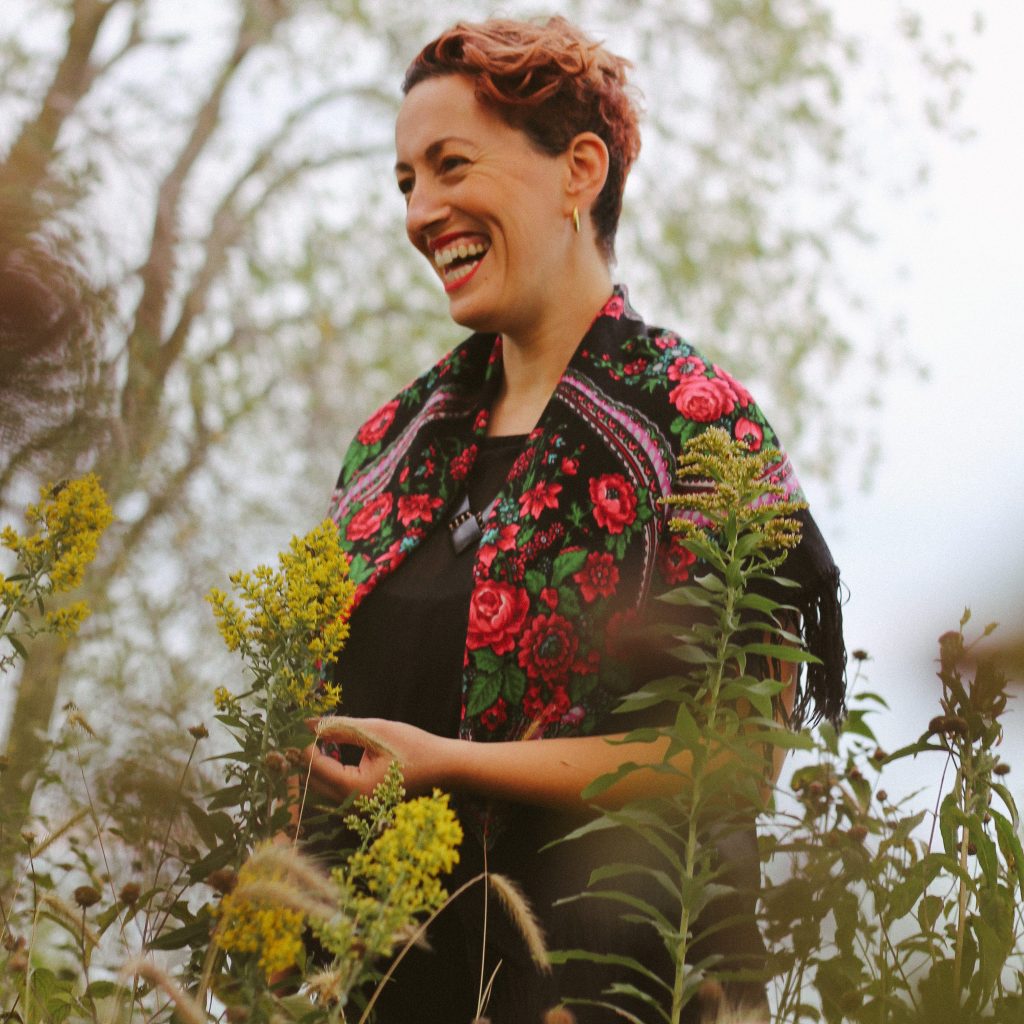
About the Author: Irina Zadov (they/she) is a mama, artist, educator, and cultural organizer. They are a queer post-Soviet Jewish immigrant and settler on the unceded territories of the Three Fires Confederacy: Ojibwe, Odawa, and Potawatomi. Their practice explores themes of diasporism, state violence, community resistance, and healing. Irina’s creative practice is rooted in collaboration and co-creation with Black, Indigenous, immigrant, and LGBTQIA+ communities. Their public programming, youth work, and cultural practice have been featured in and co-created with: Hyde Park Art Center, Chicago Art Department, Smart Museum of Art, National Museum of Mexican Art, DuSable Museum of African American History, South Side Community Art Center, Cambodian American Heritage Museum and Killing Fields, Museum of Contemporary Art Chicago, Chicago Freedom School, Jane Addams Hull-House Museum, AMFM, Englewood Line, Chicago Public Library, Chicago Public Parks, 6018North, Chicago Cultural Center, Cambodian Institute of Peace in Cambodia, and TRANSITIONS Festival of Jewish Contemporary Arts in Berlin, Germany. Learn more about their work at www.irinazadov.com

